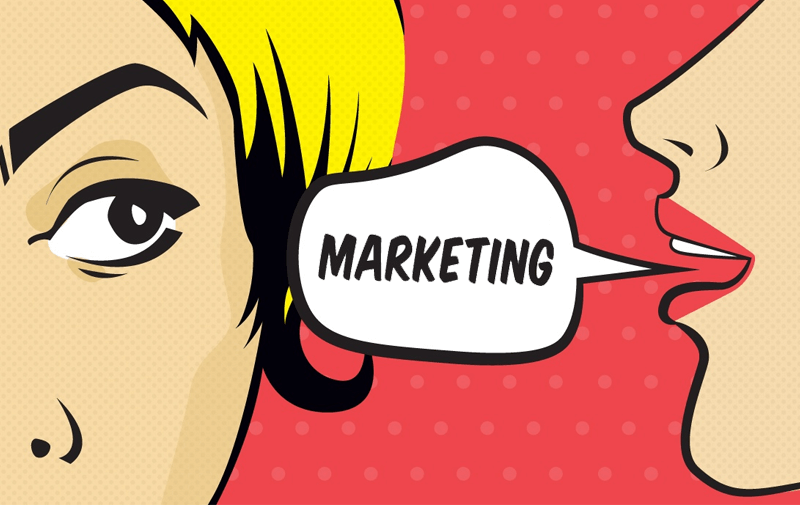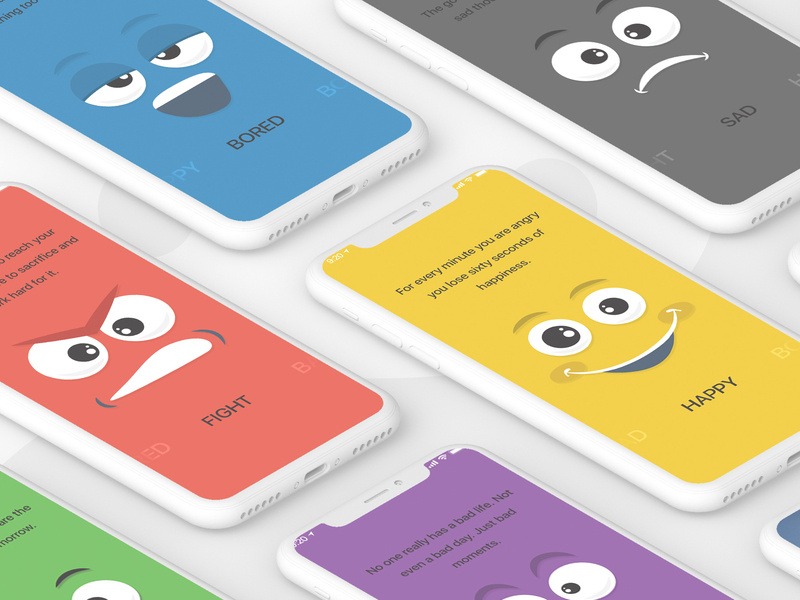Covid-19 has emerged as an epoch maker phenomenon which is changing all the future equations! In these circumstances, nothing can be more crucial than a visionary leader who knows the way, goes the way, and shows the way! I am inspired to write and share from my learning and experience about the vision of a leader, what tools and techniques to be used by a modern business leader specially during the crisis period to keep up the focus and hit the triumph.
Leader’s Vision- Escaping the Past by Creating the Future
A crisis period writes the story of struggle for most of us. But the story becomes different for the leader who transforms it from struggle to smile. And, what distinguishes a leader first, is his vision! A leader turns vision into ideas and ideas into action.
A vision is not just a visual! Seeing things as they are actually, is extremely difficult and demands a high level of effort. Different leaders look into the situation from different perspectives. However, when we dig deep into a situation, it’s important whether we are able to understand as many perspectives as possible!
One best way is- developing a creative’s perspective- which means developing a different kind of “intelligence”. It is to be an active looking intelligence, not a passive seeing into a scenario or perspective. For example, we can talk about a tourist’s perspective. When a tourist for the first time visits on a Savannah or the Atacama Desert, he acts like a kid and looks for more details. On his every step what a tourist can observe a local can’t. That’s the perspective a visionary leader takes while looking into the future.
But, it’s a huge challenge to see what’s right in front of us! With the advancement of time, more dimensions are being added to our life and hence a leader is to identify the dimensions to see what’s right actually in front of us! Hard to grasp? We can take an example from the movie- Flatland. Flatland was actually a book written in 1884 by Aka Edwin Abbott. It was about the story of a world where there were only 2 dimensions in it. Different geometric shapes like triangles, rectangles, circles were living in that world and they could move and interact with each other in only 2 dimensions- right & left! They didn’t have the 3rd dimension and were not allowed to look up or down! In the book, the author described the importance of a 3rd-dimensional vision for a holistic overview that can be life-changing!
Vision is also cognitive and emotional. Hence, we can understand seeing well is critical to creativity and reasoning, but to see things correctly requires “hard work”. To see things better, we have to break the biases and look into the matter in an open mind. One effective way is “slow down and look things harder”. Practices in medical schools can be an example. From research, it has been found that “a 10% increase in diagnostic accuracy after physicians participated in a program designed to get them SLOW DOWN when making a diagnosis”. More ways to see better can be- physically look at things from more other perspectives. Even, more ways to see better are to be more curious and asking a lot of “why” and “how” questions; becoming childlike, not childish! Furthermore, thinking about what is the real problem is, means reaching to the root cause. It’s important not to define the problem very narrowly. One interesting example of this is the story of an employee who was pissed at his boss and was trying to leave the current organization. Eventually, when he identified that the organization was not the root cause but it was his boss, he managed the resume of his boss and provided that to a recruitment agent to manage a better position for him! That plan worked and he solved his problem without leaving the organization! It’s hard to see things right when we are overly stressed and depressed. Discouragement, sadness, frustration, and anger severely impacts our decision-making process. But we can still move things with playful detachment. We become more productive when we are more playful.
“Leadership is the capacity to translate vision into reality.” – Warren Bennis.
Translating the Vision Into Reality- A Guided Emergent Design Approach
In a normal environment- when there is a good line of sight about our deliverables, a journey toward excellence is still highly challenging. On top of that- concern is, to what extent these challenges get the magnitude during a crisis period which is completely uncertain, how does the new normal affect that.

Well, in this discussion a great book is recommended to read, “Black Swan by Nassim Nicholas Taleb”. In this book, Taleb defined the events as “Black Swan”- which happens so rarely, are completely unpredictable, beyond the normal situation, and are with potentially severe consequences. Considering the definition, the current COVID-19 crisis situation is not even a “Black Swan” as it’s quite predictable and has certain identifiable patterns! So, with that predications and patterns of the event, what was abnormal just before 2–3 months are becoming new normal!

And, when we are calling it a new normal with a hidden insight in its recent history, what is needed to set the upcoming strategy of facing it, is a “guided design and research approach”. Right after that, what comes to our concern is how we will plan to spend our resources, time, efforts, and energy in this transition. In this condition, the leader comes into the picture who actually creates the new vision and translates it to reality.
Principles- followed by the successful leaders during this new normal are-
- Leaders take higher stakes and intensity
- They block the noise and get the facts within the clutter
- Remove the emotion and gather the actual pulse
- Survey the new landscape by talking to the customers/stakeholders
- Analyze where the new opportunities are
- Experiments where needed and imitate where possible.
- Execute rapidly
- Communicate quickly and repeatedly.
How the leader organizes everything? Firstly comes- mapping the mindset of organization and team. A book is well recommended- “Mindset: The New Psychology of Success by Carol Dweck” who described ‘Growth Mindset’ and ‘Fixed Mindset’. An ideal leader works for himself and with his team to develop the growth mindset which ultimately helps him to direct his vessel toward achieving his new vision.

The related illustration well defines the difference between a growth mindset and fixed mindset which becomes more crucial during the crisis period to set the winning spirit in the team!

Having set the right mindset of the team, the leader then focuses on identifying the right problem at the beginning.
“If I had an hour to solve a problem I’d spend 55 minutes thinking about the problem and 5 minutes thinking about solutions.” ― Albert Einstein
Here, I have added one of my favourite quotes from Albert Einstein- by which he puts emphasis on the right questioning to identify the right problem first. Before we set our peak and start our journey, we have to ask the right questions to set the right strategies.
So, how do we ask wise, elegant questions; Questions that are able to drive towards competitive insights, intelligence, and advantage? Here, Mr. Matt Mullarkey, the Professor of the University of South Florida, discussed the problem finding approach and starting that by asking “elegant questions”. Asking wise and elegant questions leads us to get solve our existing problems. Also, there are different problem-solving tools that work almost 95% perfect in normal times. But again, the question is- are those tools effective during this time of new normal? Unfortunately, the existing problem-solving tools don’t fit the new normal period which is very much dynamic in a shorter period. Professor Matt Mullarkey discussed the process of “Design Doing” which is a process and method of going and searching the new hidden insight especially during the current condition of a new normal!

To summarize the discussion, while we continuously search for solutions during the new normal, we have to ask ourselves- what are our core competencies, how do we ‘win’ customers from competition, how did we make money and how do we now making, how do we transform our business model. With such an approach a great leader not only creates the right vision which is transformed aligned to the new normal but also ensures to reach the triumph to grow during the crisis period.
This article was also published on the 4th Marketing Day (2021) Publication.




